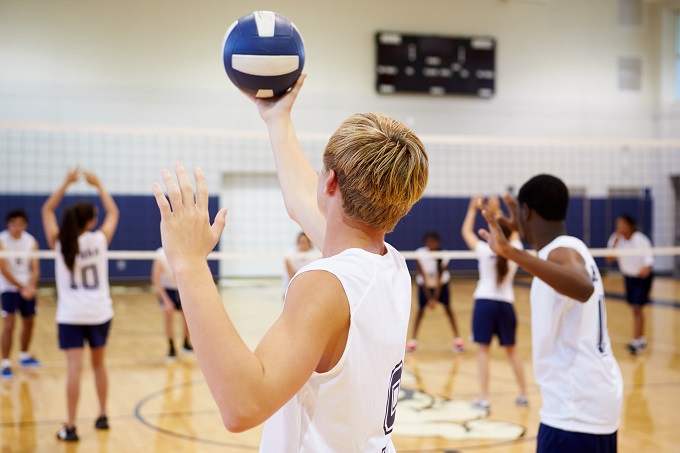
© Monkey Business - stock.adobe.com
Recent evaluation findings show Healthy Active Learning has significantly increased the priority teachers place on Health and Physical Education as a learning area with more teachers also integrating it with other parts of the curriculum.
They also show schools and kura are providing physical activity experiences that are more inclusive, and consider the needs, of all students.
“This shows the initiative is supporting healthy and active school environments by helping teachers feel confident and well equipped to teach children across the health and physical education and hauora curriculum,” Chris Hipkins said.
The initiative also includes a health promotion workforce providing direct support to schools.
The Government has invested $47.6 million into the Healthy Active Learning initiative between 2020 and 2024 and has recently committed a further $13.4 million in funding to support the ongoing delivery of this initiative beyond 2024. It is being delivered at no cost to education providers.
It gets regional sports trusts, regional education offices, and public health units to work together to support schools to implement healthy eating and drinking, and quality physical activity programmes.
“Healthy Active Learning is our Wellbeing approach in action. The expansion demonstrates the positive impacts the initiative is having for schools and communities,” Grant Robertson said.
“Being part of Healthy Active Learning is voluntary, and it’s been so encouraging to see so many schools embrace the initiative and its benefits.”
A new report from the University of Auckland’s Our Voices Project asks young people what…
The government has opened a tender for new standardised assessment tests, leaving educators shocked and…
Early in her career, Kiri Turketo found inspiration in an unlikely source. In this Principal…
Real stories of dedication, challenges, and triumphs from educators in NZ. Part six comes from…
Is fast furniture impacting your school's environmental footprint? We explore eco-friendly solutions to reduce furniture…
A new report from the New Zealand Initiative argues we need a stronger and clearer…
This website uses cookies.